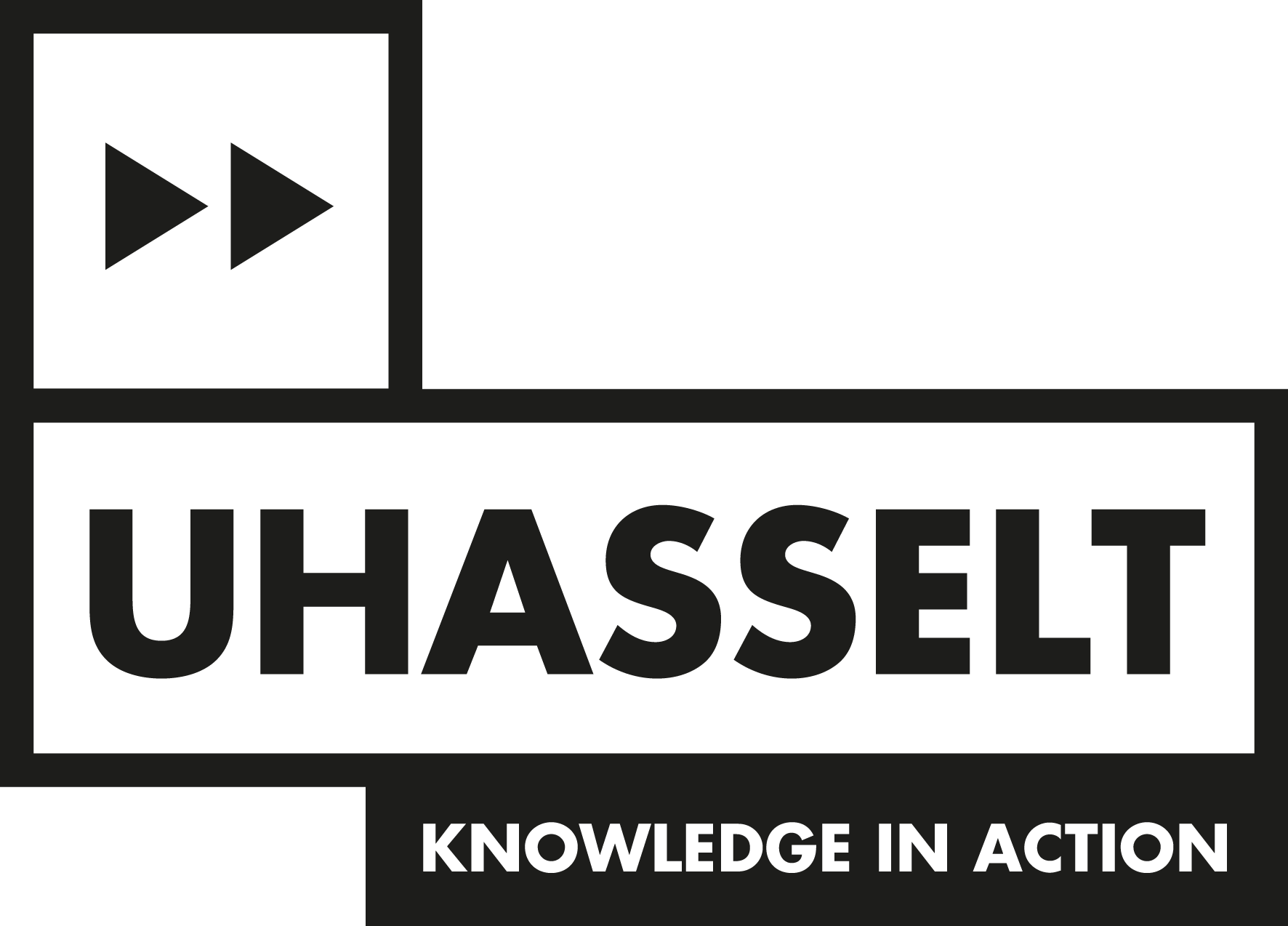Project R-4645
Title
IDEAL: Integrated DEsign and AnaLysis of small population group trials (Research)
Abstract
There exist more than 7000 rare diseases worldwide and the European Society of Paediatric Oncology stated that 75% of
rare diseases affect children and 30% of rare disease patients die before the age of five. Usual statistical methods for proving efficacy and safety of therapies fail to provide cost-efficient and reliable results in small populations. There is a pressing need to integrate a broad range of innovative methodologies improving clinical trials in the setting of small sample population groups (SPG). The objective of this research is to produce methods of general applicability irrespective of indication by Integrated DEsign and AnaLysis of clinical trials in SPG (IDEAL) through a multidisciplinary closely collaborating consortium of researchers from European universities, research institutes and industry. The consortium will work in 10 WPs, focussed on assessment of randomization procedures, extrapolating dose-response information, investigation of adaptive designs, optimal designs in mixed models, pharmacogenetic designs, simulation of clinical trials, genetic factors influencing the response, decision analysis and biomarker surrogate endpoints as well as WPs on project management and dissemination of results.
Relevant stakeholder concerns (patient needs, regulatory issues, reimbursement, clinical feasibility) will be monitored by a
Clinical Scientific Advisory Board. Because of its integrative structure, this research program extends previous approaches,
which focus on a certain methodology only. In its totality, the WPs constitute a logically coherent set of methodologies that is of sufficient breadth to tackle these important, multidisciplinary challenges. By combining, enhancing and developing different statistical methodologies and assessment methods, this research program will impact the scientific discussion in promoting efficient statistical methodology for clinical trials in SPG, also in view of existing regulatory guidance in the EU.
Period of project
01 November 2013 - 30 April 2017
